ACH fraud occurs when unauthorized transactions are made through the ACH network, which processes large volumes of credit and debit transactions. Fraudsters can exploit vulnerabilities in your payment systems to initiate unauthorized transfers, leading to substantial financial losses.
Common Types of ACH Fraud
- Phishing Scams: Fraudsters trick employees into providing login credentials or other sensitive information for unauthorized transactions.
- Malware: Malicious software installed on your systems gives fraudsters access to your financial data.
- Account Takeover: Fraudsters gain control of a legitimate account and initiate unauthorized ACH transactions.
- Business Email Compromise (BEC): Fraudsters impersonate executives or vendors to trick employees into making unauthorized transfers.
Protecting Your Organization
- Employee Training: Educate employees about ACH fraud risks and how to recognize phishing attempts.
- Implementing Strong Security Measures: Using multi-factor authentication (MFA) and secure access controls to protect financial systems.
- Regular Monitoring and Audits: Conduct regular account monitoring and audits to detect suspicious activity early.
- Fraud Detection Tools: Utilize advanced fraud detection tools to identify and prevent unauthorized transactions.
- Incident Response Planning: Develop and implement a comprehensive incident response plan to minimize the impact of fraud.
Building a Secure Financial Future
Protecting your organization from ACH fraud is essential for maintaining financial stability and trust. Proactive measures and robust security protocols can help safeguard your assets and contribute to your organization's success. At Brinker Simpson & Company, we provide expert guidance and support to help you protect your business from ACH fraud and other financial risks. Contact us to learn more about our services.


